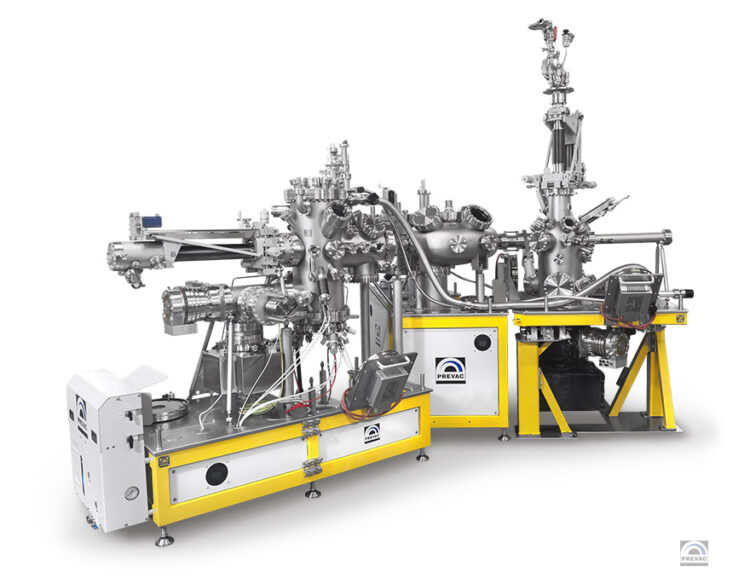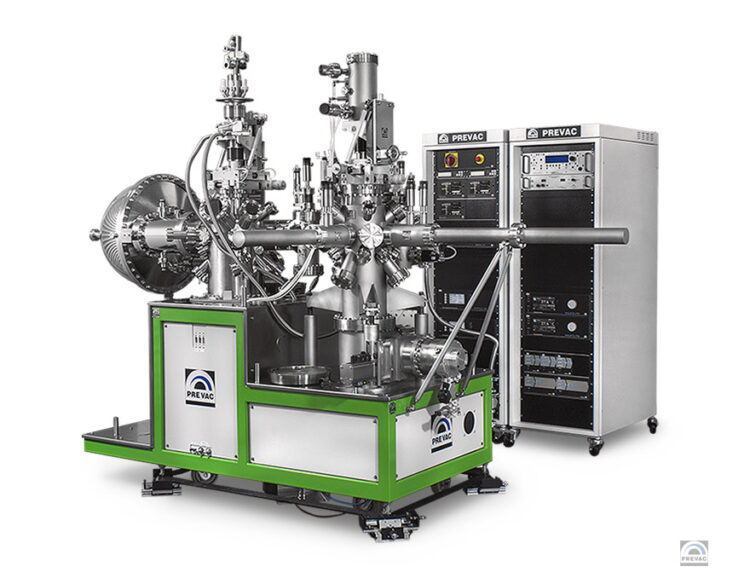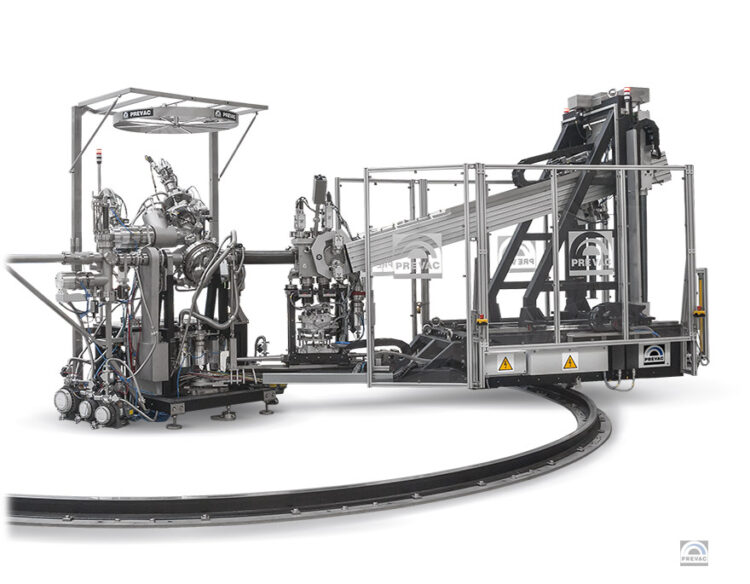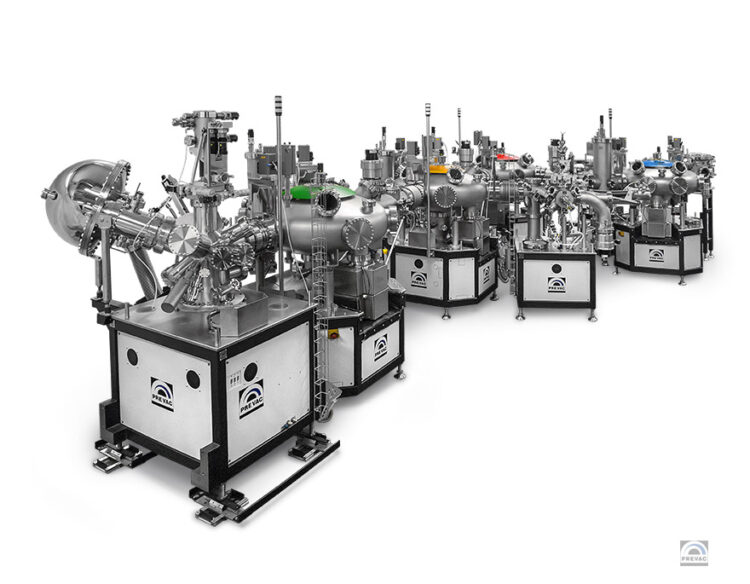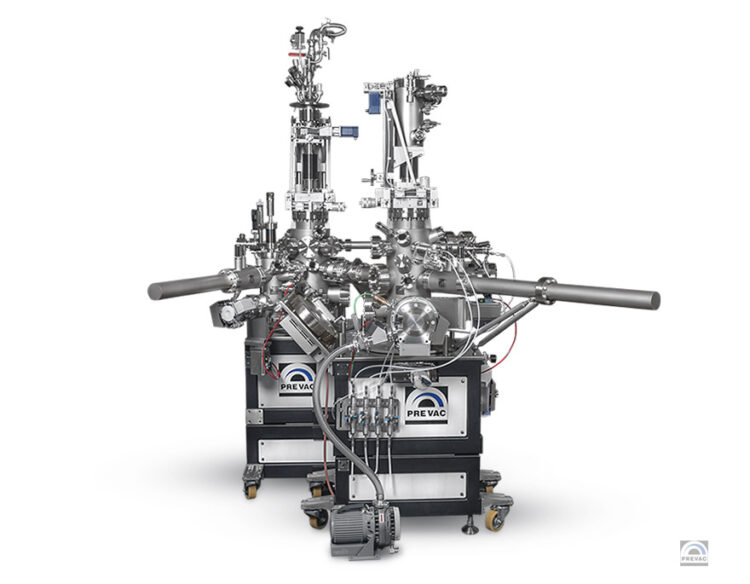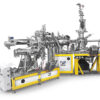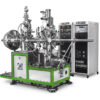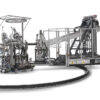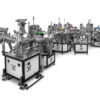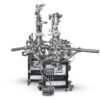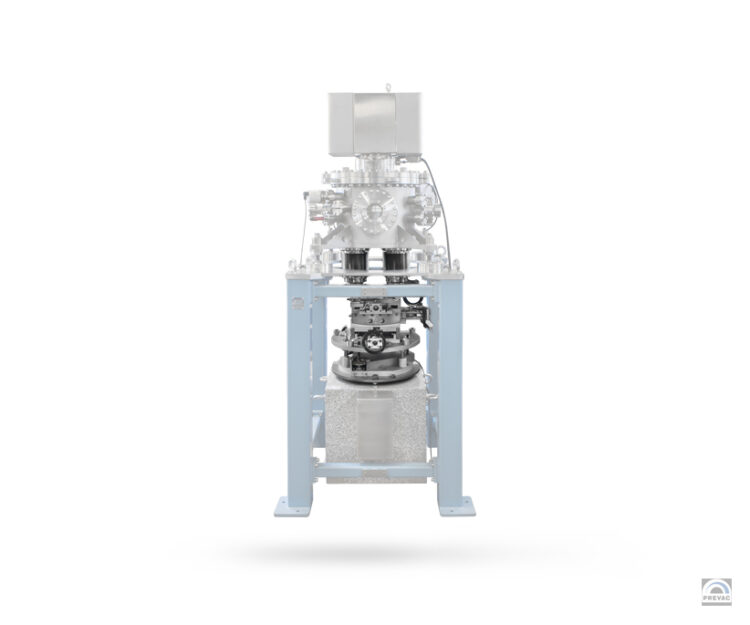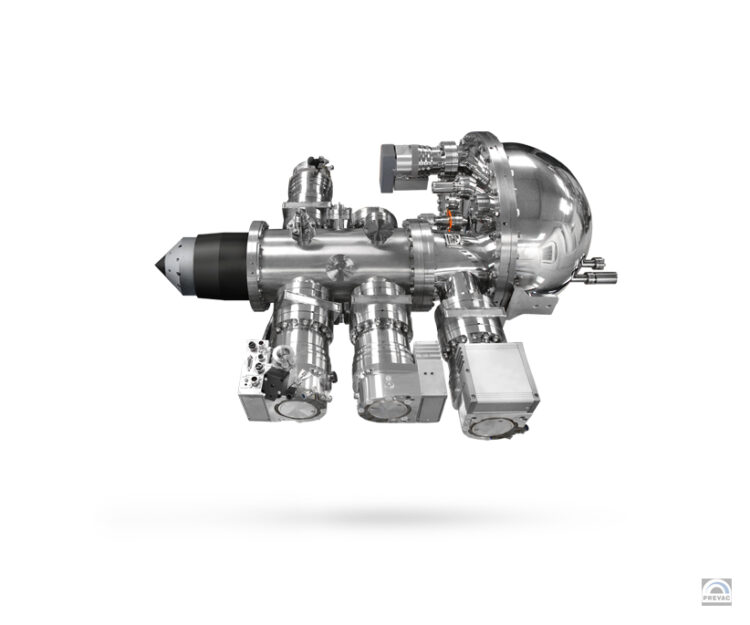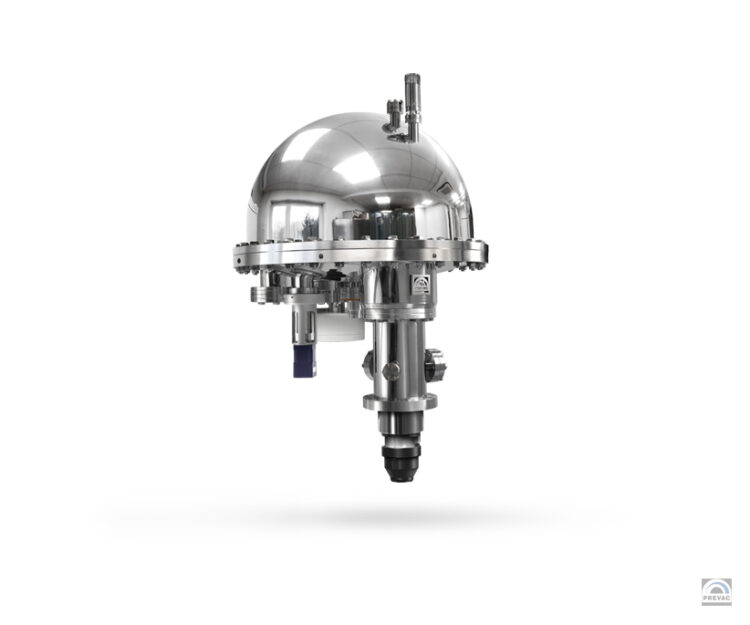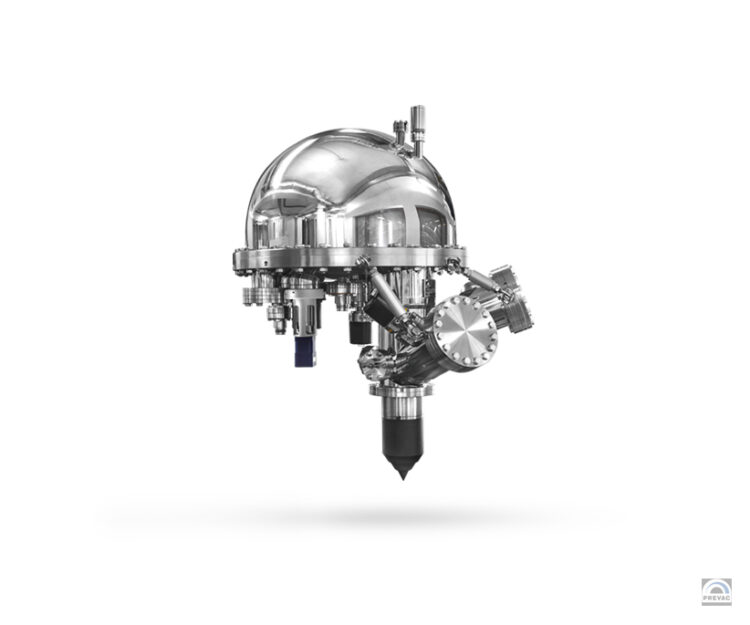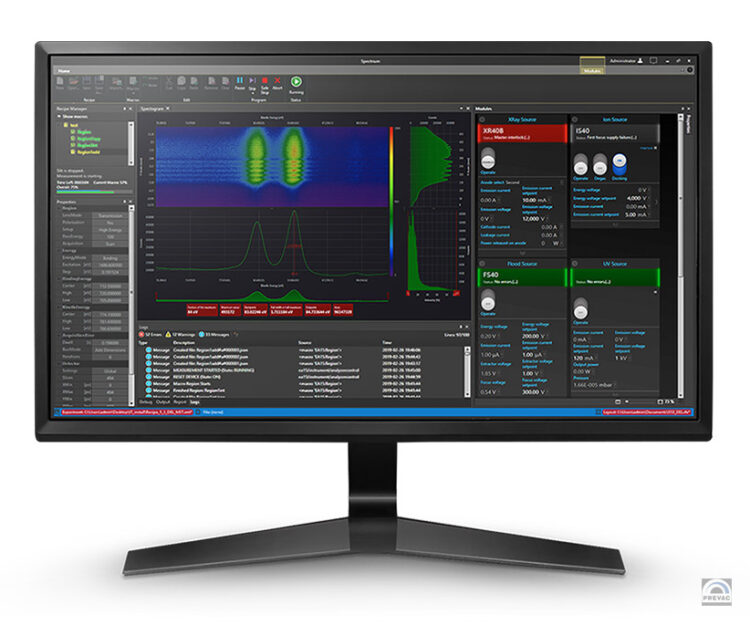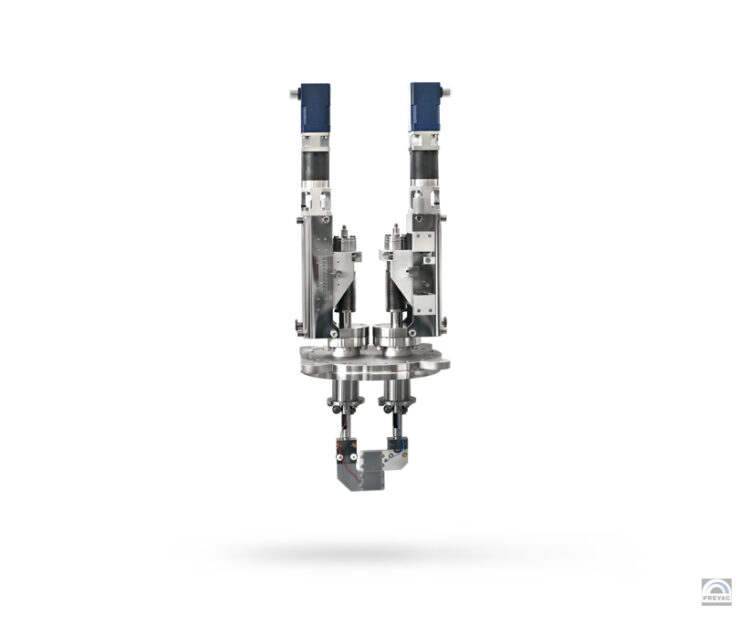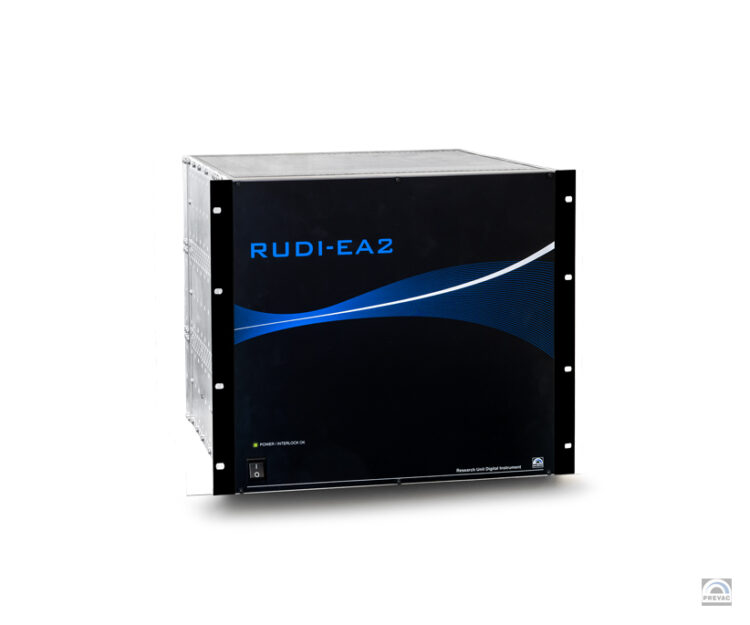Techniques
Photoemission spectroscopy (PES) is an experimental technique and the main variant of electron spectroscopy. The method is based on the photoelectric phenomenon and the analysis of the kinetic energy distribution of photoelectrons. The energy emitted is the result of excitation of the sample with electromagnetic radiation.
The PES technique is the most frequently used method of surface testing and examination of thin layers. It provides information: on quantitative composition, atomic bonds characteristics, layers thickness. In the basic process (photoeffect) it measures the emission of photoelectrons as a result of irradiation of matter with photons.
Includes analytical techniques:
- XPS – x-ray photoelectron spectroscopy
- HPXPS – high-pressure photoelectron spectroscopy
- APXPS – ambient-pressure photoelectron spectroscopy
- UPS – ultraviolet photoelectron spectroscopy
- ARPES – angle-resolved photoemission spectroscopy
- AES – auger electron spectroscopy
- ISS – ion scattering spectroscopy
- IPES – inverse photoemission spectroscopy
- LEIPS – low energy inverse photoelectron spectroscopy

